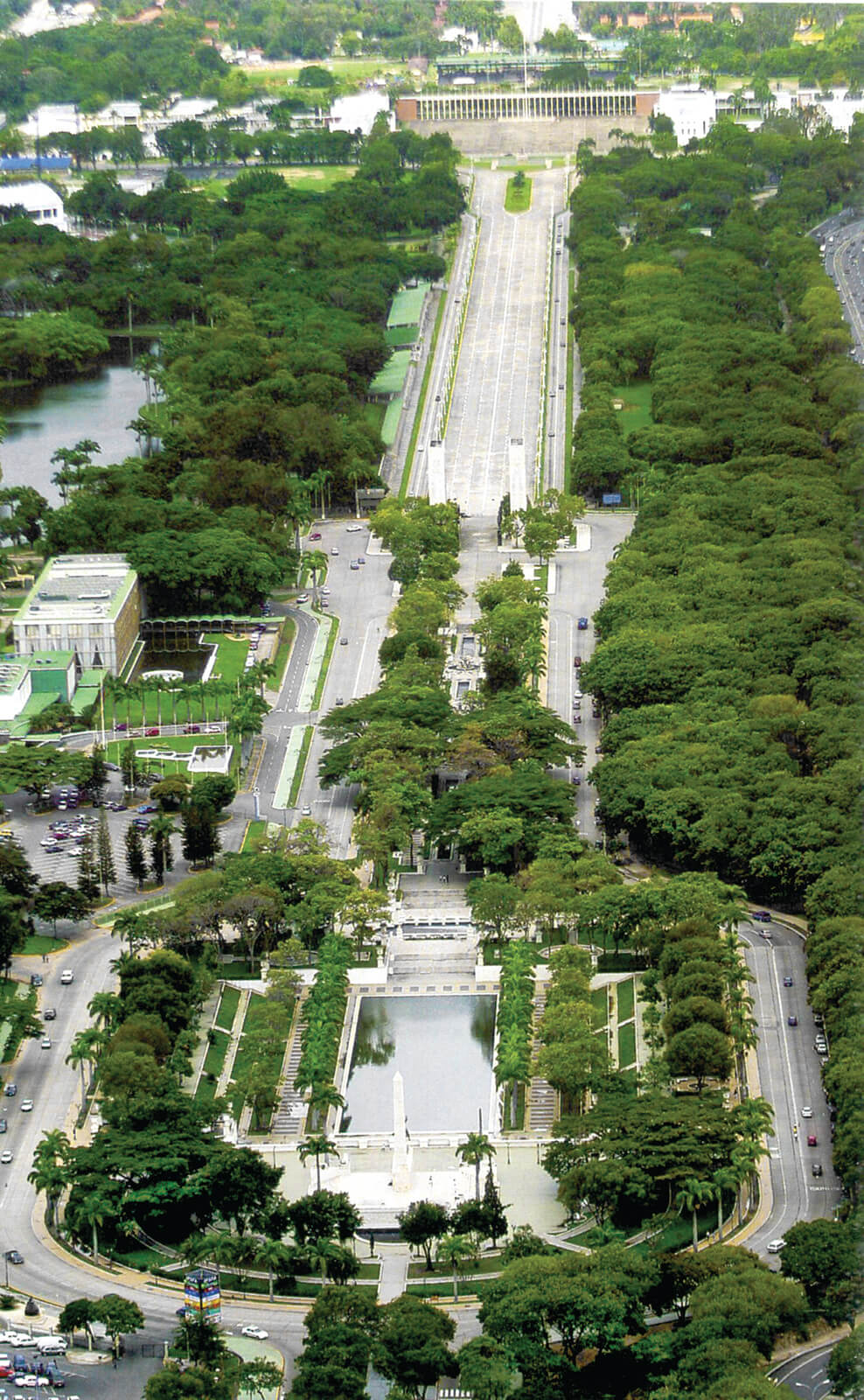FFU
The linear and coherent unitary urban complex, over two kilometers long, that goes from Universidad Central de Venezuela to the complex formed by the Military and Aplicación schools was , inaugurated in 1956 during Marcos Pérez Jiménez’s government to symbolize, on a city scale, the value of the Armed Forces. Malaussena, graduated from the École Spéciale d’Architecture de París, was in charge of the project for new military buildings. He used urban rhetoric based on the Independence forefathers and military heroes to design this linear system consisting of the Military and Aplicación schools (final elements of the urban axis), Paseo de Los Próceres (area for parades and large events), Paseo de Los Precursores (as a place for exchange between civilian and military), the Círculo de las Fuerzas Armadas (military social club) and Plaza de Los Símbolos (allegoric to national symbols). The austere complex formed by Military and Aplicación schools (1945), is a clear example of academic architecture and architectural type used in nineteenth century educational buildings, where axiality and composition based on a classic repertoire of simplified elements predominate. Structured by several axes and autonomous wards with different uses that are part of the system, highlights within the complex are the Honor Courtyard, formed by a large colonnade at the rear and the façades of the two schools; and the Military School’s Hall of Honor, preceding the Honor Courtyard and occupying the center raised on a podium. Inside, four large marble covered columns give solemnity and drama to the hall, intended for celebrations. The Paseo Los Precursores consistsof an axial system divided into two parts: the first, intended for recreation, with a series of fountains, planters with large vases, statues and cypresses, ending at a small obelisk and a horseback native (by sculptor Ernesto Maragall) pointing to where the military héroes are located; the second, intended for military parades, formed by two large twin vertical and horizontal parallelepipeds tribute to the battles of Independence, and the military and civilian heroes, accompanied by bronze statues of national and foreign heroes, and basreliefs (Hugo Daini, 1919-1975). The Círculo Militar (1950-1952) is a freer and less rigorous building, closer to the modern movement. It is divided in two areas, the hotel, the main volume of the complex, and the áreas for informal recreational activities. Pergolas, corridors and canopies, together with the variety of materials and colors, articulate courtyards with different characteristics giving the complex an informal and festive atmosphere. Highlights include the Patio de Monta, the openwork Wall with local pre-Hispanic motifs, and the mural (Centeno Vallenilla, 1904-1988) located in the painting gallery. The square Los Símbolos sculptures from 1957, allegorical to the shield, anthem and flag, were sculpted also by Maragall.
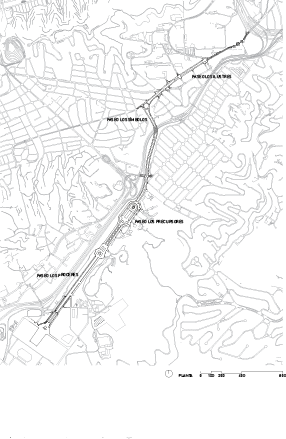
planta
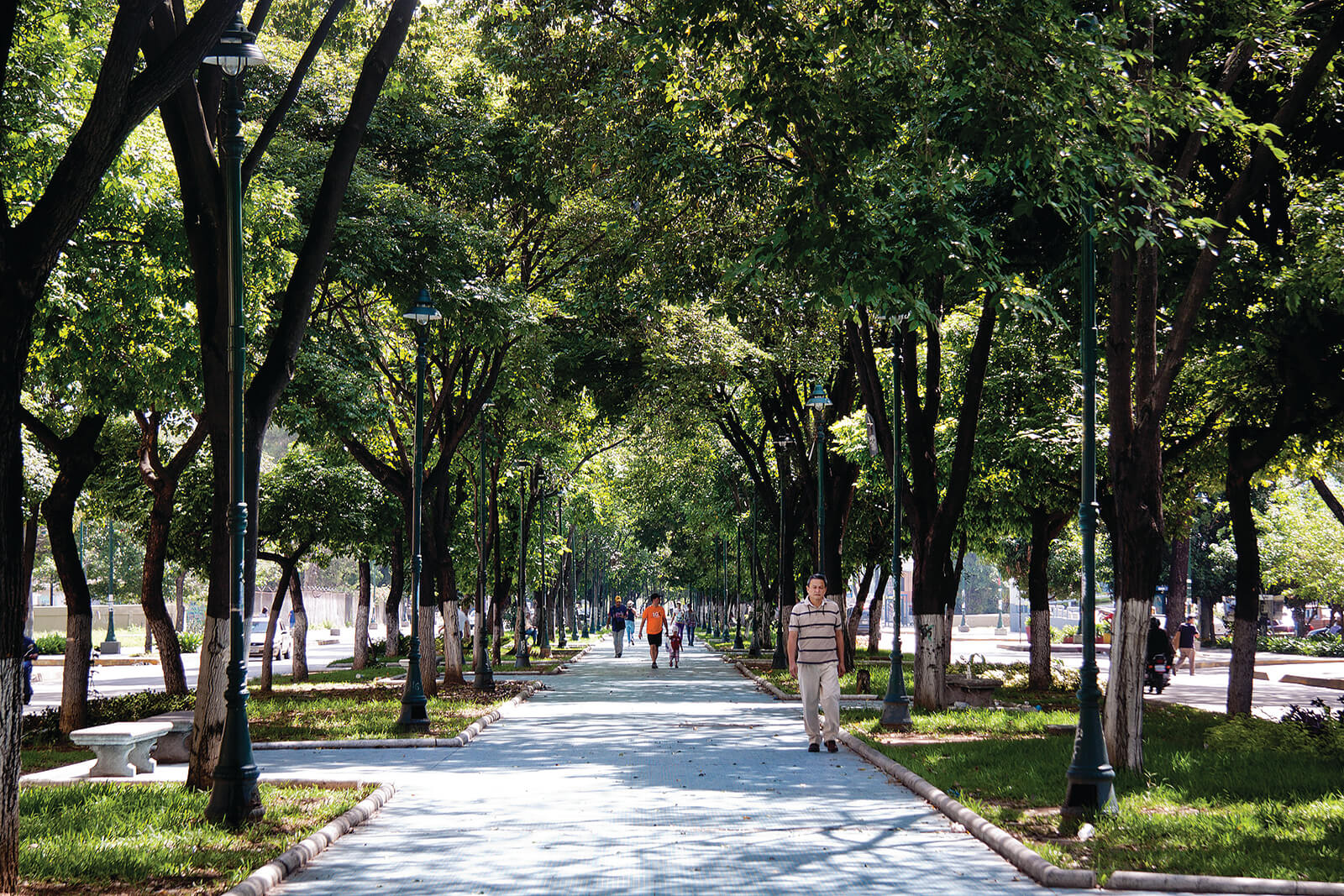
YPM
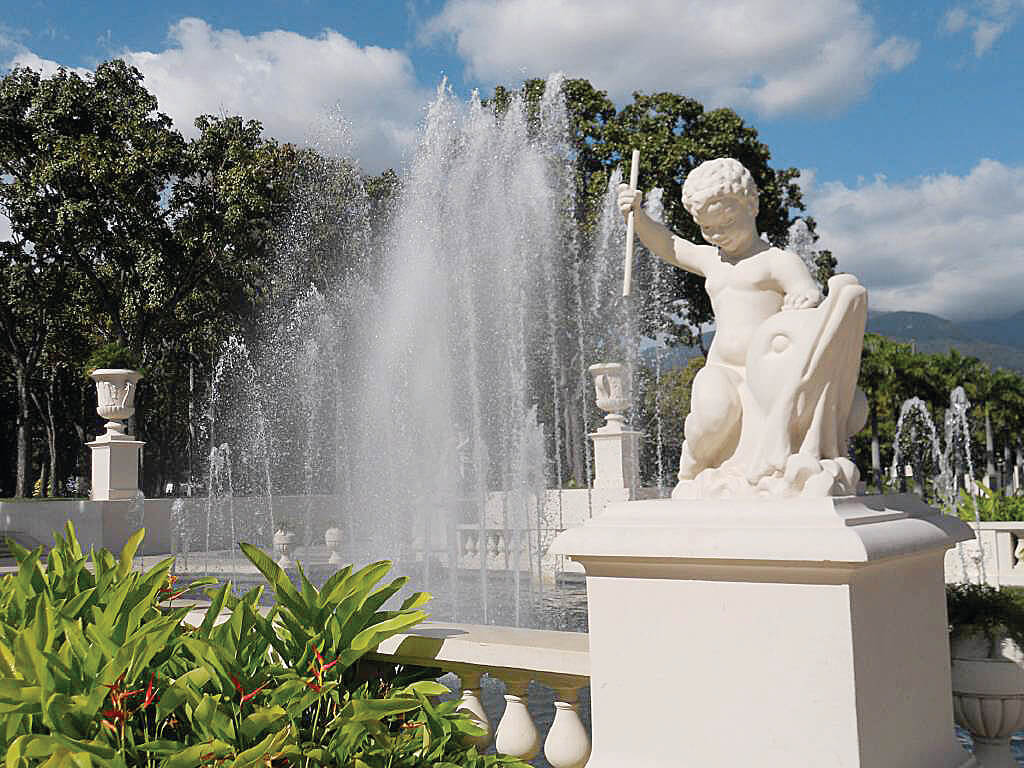
ES-11

ES-10
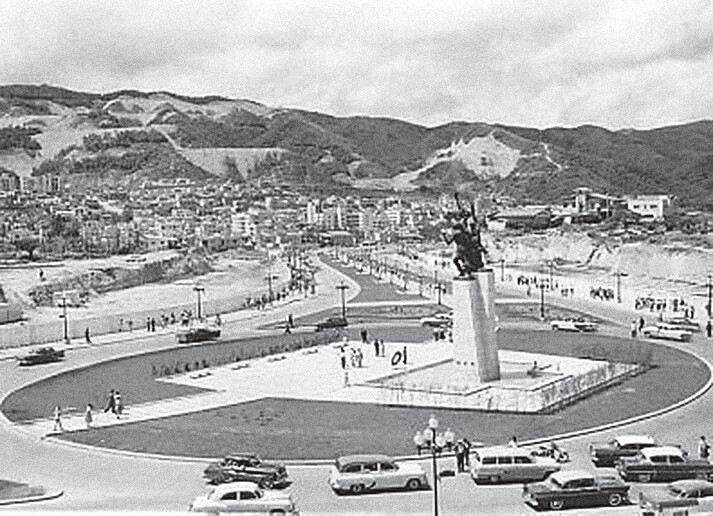
ES-09

DDN-2
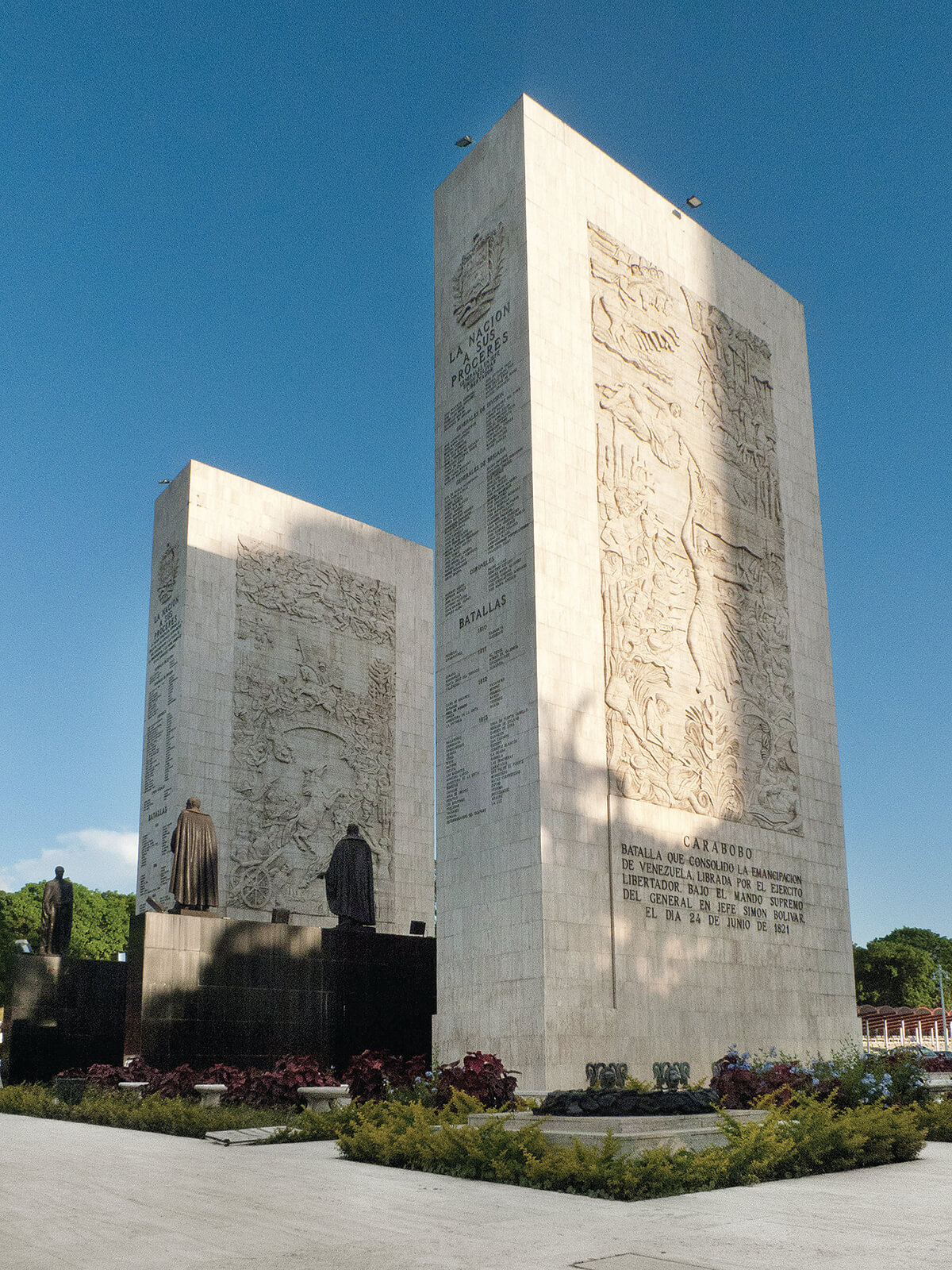
DDN-1


